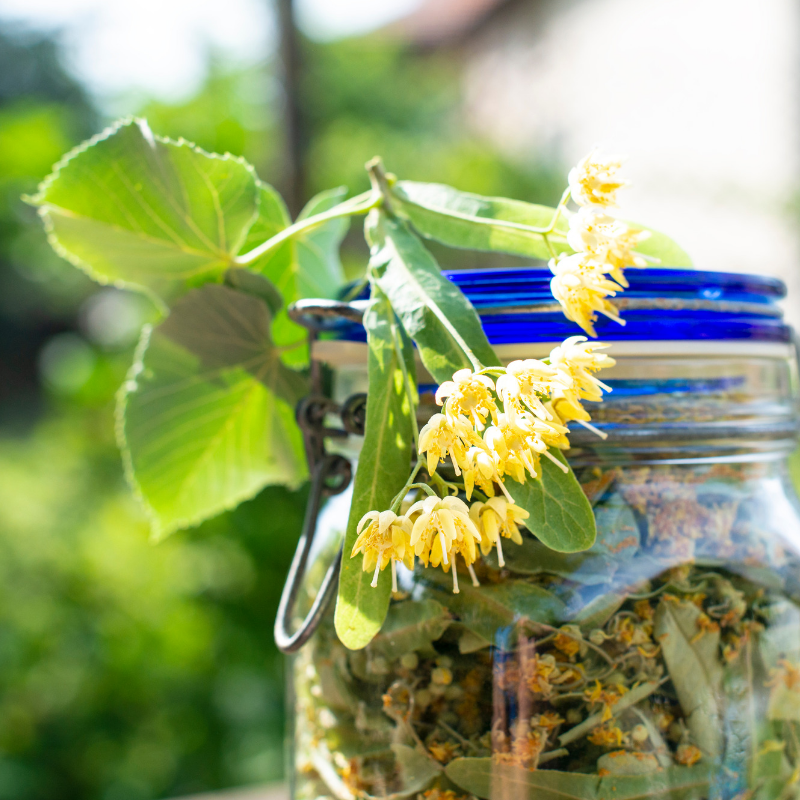The Flowery Mead. A beautiful idea whose time has come once again!
- bethgehring

- Apr 24, 2019
- 4 min read
I don’t know about you, but I’m one of those gardeners who see a perfectly manicured lawn and thinks to herself that there must be something more. I really don’t enjoy them. A lawn takes so much upkeep and often so many chemicals to keep it weed free. America seems to have an obsession with the pristine, green and weed free lawn but we truly should begin to wonder if this is at all practical for the world we live in now? Lawn grass is the largest crop that we grow, and it honestly serves no real purpose. Lawns as we know them today began to appear in the 18th century England and France, when the trend began to move towards the large open landscape. A large swath of pristine green lawn with a deer park or a bowling green was seen as a sign of affluence, but today we are living in a world with completely different challenges. Our pollinator populations are in peril and what makes sense for us now is to find new ways to live sustainably in the natural world.
Sometimes the best thing to do is take in a lesson from the past. One way to do this is to consider allowing your lawn to revert back into its original state of luscious and abundant variety or what medievalists would call a “Flowery Mead”. That is what would happen naturally to your lawn if you stopped weeding and seeding it. First would come the dandelions, the first available food that bees search for in the springtime. Chickweed and purslane would probably be next, because they grow from the seed dropped by birds very quickly. Quickly you would begin to see small patches of flowers and different grasses and herbs begin to emerge in patches all over your formally pristine lawn and very quickly, all types of pollinators would begin to find them. It tends to happen like magic, but the biology is easy. Birds and small animals eat flowers, herbs and fruits but the seeds are generally not digestible. As their droppings are usually deposited unknowingly in your lawn, the seeds begin to sprout and voila! A natural flowery mead is created!
If you are wondering if I’ve suddenly taken leave of my senses, you need look no further than the beautiful French tapestry at the Cloisters in New York City, the one called “Unicorn in Captivity”. The captured unicorn is sitting in the fenced paddock and is surrounded by a sea of low growing flowers and herbs. That is a Medieval flowery mead, or flowering meadow! My father was a biologist by training who allowed his yard to evolve this way and it was truly beautiful. He turned the perimeter of his property into an English herbaceous border filled with historic roses, lilies, daisies and other flowers and herbs and he allowed his lawn to be slowly transformed into a mead such as this. He began to get frustrated by the amount of work simply keeping his lawn green took every season. He knew that a grass lawn was a monoculture and by its very nature, not sustainable or healthy without a large quantity of human interference and most often this meant chemical pesticides and herbicides. He truly believed that all plants needed different companions to thrive. His thought was that left to its own, a lawn will revert quickly into a beautiful meadow, so why not help it along and at the same time help our pollinator friends? What started out as an amusing experiment turned into a romantic and beautiful green-space. My father’s yard was filled with the buzzing of honeybees, fluttering butterflies and bird song.
He began by allowing plants to be naturally introduced into his lawn like violets and perennial pansies, little wild strawberries and sweet woodruff, bluebells, beautiful blue flax flowers, lady’s mantle and buttercups. He had huge patches of lilies of the valley growing all over the back and beautiful swaths of coltsfoot everywhere. He allowed the chamomile and thyme to just take off and spread all over. He let daisies just spring up wherever and whenever they wanted. He had abundant amounts of multi colored cosmos in his border and they reseeded themselves everywhere. Because there were so many different plants, his yard was very healthy and unlike a lawn, when one plant would perish, others would quickly jump in to take its place! He loved the dandelions and always let them stay, knowing that they provided the first and last suppers for the bees that he depended upon to keep his gardens glorious.
If you are tired of trying to keep your lawn green and alive every summer, I encourage you to consider planting your very own wild garden. A wildflower meadow is a thing of beauty. An easy way to start is with a low growing wildflower seed pack such as this one. I’ve had great luck simply in scattering the seed, but it works even better if you can lightly loosen up the top 2 inches of soil where you want your meadow, toss the seed, and then cover them with compost and/ or straw. Be sure to water them frequently and you will soon be rewarded with a beautiful meadow of your own. All you’ll need then is a jug of wine, a loaf of bread, some fruit, cheese and thou…..
Just curious! Do you love or hate your lawn? Let me know in the comments!
















Comments